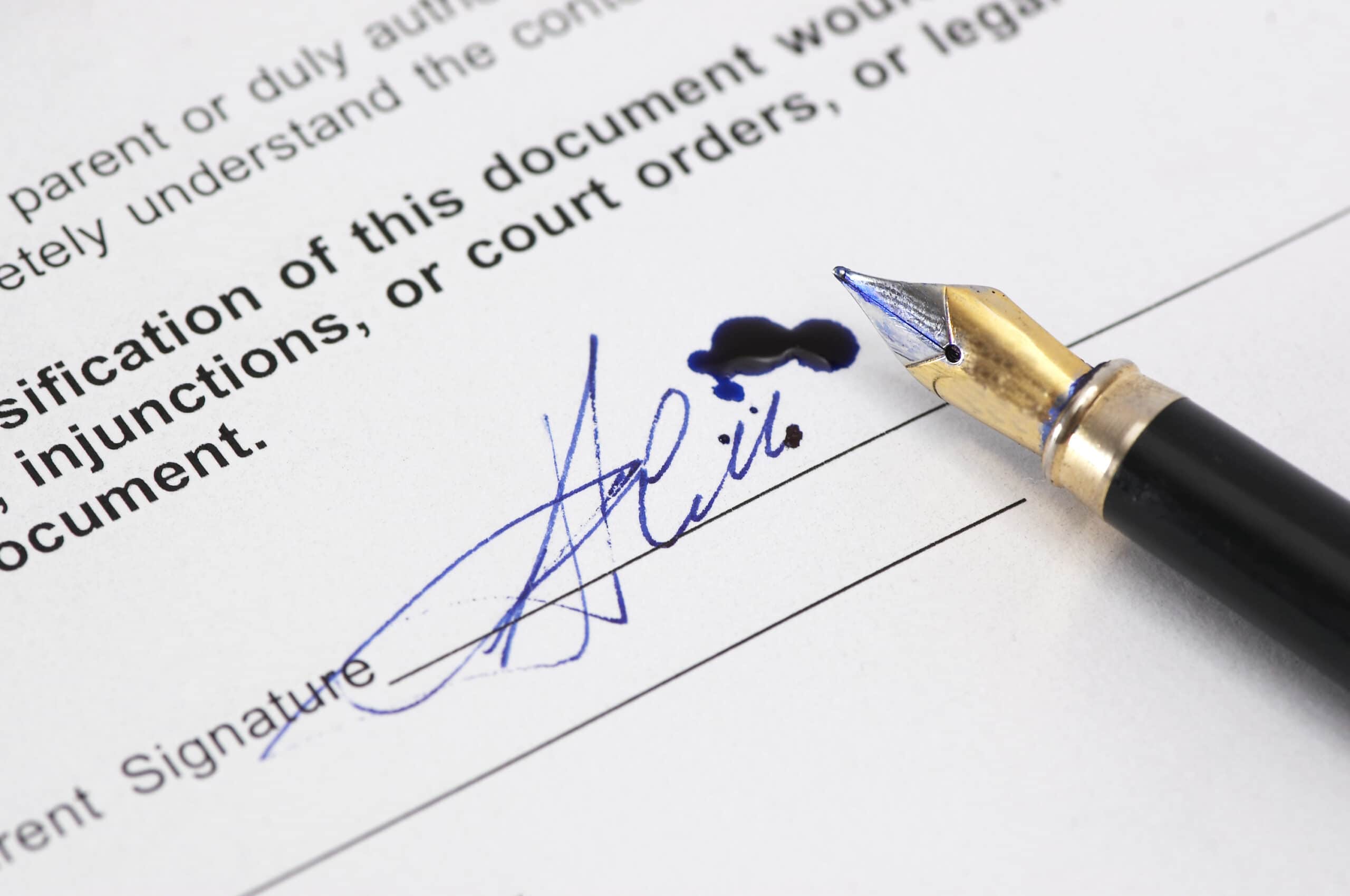The development of digital technology is drastically changing the concept of written documents. The influx of digital expertise is causing critical security vulnerabilities, rendering the digital credentials unprotected. Owing to the revolutionary changes due to digital technology, forgers are becoming tech-savvy and capable of fabricating documents with or without signatures using the skills and tools of this modern technology. Forgery of important documents like wills, bank documents, educational certificates, etc. is being carried out easily. Determination of authenticity of a file transferred through a network is also getting increasingly difficult due to the huge development and advances in digital technology. Therefore, it is essential for forensic document examiners (FDEs) to be acquainted with the latest technological and scientific advances in the field of digital technology.
Digital images are misused for plentiful reasons with or without criminal intent. Digital image forgery is increasing due to advances in composite software methods. Thus, it becomes possible to forge images easily for anyone, resulting in the loss of reliability of digital images. The forgers apply ‘cut and paste’ techniques for manipulating figures, letters, or words in most cases to alter the meaning of a document. In the earlier days when imaging software was not as popular, creating adjustments to image data in the darkroom used to require considerable endeavor and proficiency. But with the help of software like Photoshop nowadays, modification of digital image files has become very simple and alluring for the forgers. Images are cropped, rotated, and compressed to make them suitable for a document. Therefore, determining the genuineness of a document has emerged to be increasingly difficult as the image processing software has become extremely user-friendly. It is not a vigorous endeavor to execute a fraudulent document by deploying scanners, printers, and computers as accessories for crimes related to digital documents.
The creation and manipulation of digital images have become very simple with the usage of low-cost hardware and software tools with easy and wide availability. The authenticity and integrity of digital images cannot be taken for granted these days. This is true, especially in cases related to legal photographic evidence. The problem becomes much more complicated when the digital image is generated synthetically in order to convey the depiction of a non-existent scene or object. Due to their large acceptance in both business and legal matters, hard and soft copy documents are frequently encountered as exhibits in the cases of manipulated documents.
Overcoming these challenges requires the development of several novel methodologies and a thorough evaluation of their limitations under more general and practical settings. This can be achieved in collaboration with forensic experts and through their continuous feedback on the developed methods. A document examiner must stay conversant with the scientific and technological advancements in his or her field, in order to anticipate the ways the criminals might use the latest technologies to their advantage.
FORENSIC QD SERVICES can help in providing solutions to these problems by providing forensic examination services in detecting digitally manipulated documents. Our examiner has special expertise in this area and utilizes various image processing tools for scrutinizing digitally manipulated documents and detecting the traces of alterations made by various image editing software on modified documents.

